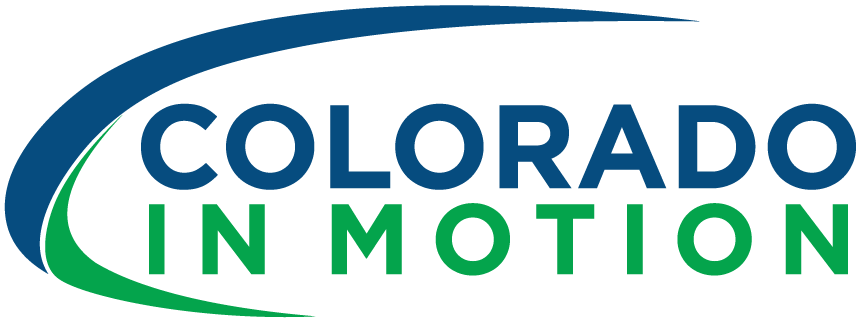Balance is the ability to maintain a stable position, whether it be sitting, standing, walking, or moving around. We use our balance every day to do the things we do. As we age, our balance tends to decline, but our balance can also be altered by prior injuries, lack of activity, pain, inner ear problems, certain medications, medical conditions such as arthritis, diabetes, dementia, or neurological injuries/conditions such as Parkinson’s Disease, Multiple Sclerosis, brain injury, spinal cord injury, or stroke. Most people think that having balance problems only becomes an issue if they start falling, but poor balance can also result in decreased participation in activities we enjoy, increased energy expenditure, increased risk of injury, and decreased athletic performance. In this article we will discuss balance in general. In future articles, we will discuss ways to improve your balance for those who struggle with standing and walking in daily life as well as those who want to use it to improve their athletic performance.
How Do I Know If My Balance Might Be Impaired
There are obvious signs that balance may be impaired, but many of us may have small balance issues that are not obvious, either to us or to people who are around us.
General balance problems may show up as:
Tripping, stumbling, or falling more often
Swaying
Dizziness/vertigo
Fear of movement
Bumping into objects
Wanting to have your hands on objects when you walk, such as furniture or walls
General feelings of unsteadiness
For athletes, balance issues may show up as
More frequent stumbles/falls
More frequent injuries
Decreased performance
Decreased endurance
How Does Our Body Stay in Balance
Our body maintains its balance at rest and with movement by gathering information from 3 main systems
Vision. We use our eyes to help track the position of our body, and all of its parts, in relation to the world around us.
Proprioception – This is our body’s awareness of its position in space. It uses information from our muscles, tendons, and joints to determine the detailed position of each joint and its relationship to the world, ie is my elbow bent or straight.
Vestibular system – We have balance-sensing organs in our inner ear that tell our brain about the position of our head as well as if our head is moving in a particular direction, eg up, down, right, left.
Our nervous system gathers information from these sources, integrates it, and uses it to fire muscles to correct or improve our balance. These muscles must fire quickly to make changes, and must fire effectively, ie with “just enough” force to make the correction without doing too much. So, our neuro-muscular system must be fast, efficient, and effective to maintain balance
Can PT help with balance? ABSOLUTELY!!!!
All physical therapists have training in dealing with general balance problems, but some have additional training and specialization. They will work to make sure the vision, proprioceptive, and vestibular systems are working effectively. They will assess the ability of the nervous system to process this information quickly and respond efficiently and effectively. They will assess your strength and flexibility to ensure your body can respond effectively to the requests of your nervous system. Then they will work with exercises and activities to incorporate these improvements back into the activities you want to be doing.
If you think you might have balance issues that are either impacting your safety, your ability to do what you want to do, or perform better, speak with one of our therapists about your concerns and have them evaluate your balance. They may be able to treat you, or can refer you to one of our balance or vestibular experts.
Dr. Heather Sieler is a physical therapist at Colorado In Motion
References:
